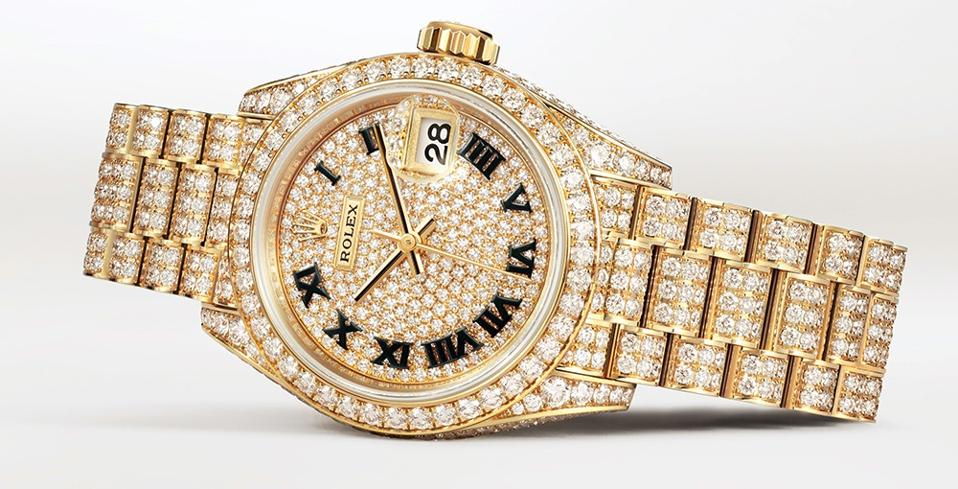Gem Diamonds announced Thursday that the company produced 29,010 carats at its Letšeng mine in Lesotho, which is 11% more than in Q1 2020 – 26,110 carats.
The company’s revenue for the period was US$43.9 million Q1 2020 – US$47.3 million and an average price achieved for the period was US$1,630 per carat Q1 2020 – US$1,615 per carat.
The company said that 5 diamonds sold for more than US$1.0 million each, generating revenue of US$12.4 million during the period.
The group ended the period with US$26.9 million of cash on hand excluding US$8.2 million of the March tender proceeds received after the period end. During the period, Letšeng paid the remaining dividend of US$10.0 million which was declared in 2020.
CEO Clifford Elphick commented, “It is pleasing to see that carat production during the period was up some 11% on the same period in 2020 and that the average price of US$1,630 per carat was also slightly up on Q1 2020. Although the production from the mining mix was not as impressive as the second half of 2020, with fewer large diamonds recovered due to the areas accessed under the mining plan, prices achieved on a like for like basis remained strong for Letšeng’s high value diamond production.”
The company said it anticipates that the mining mix should improve over the coming months as the richer parts of the Satellite pit are accessed in accordance with the mine plan.
Gem Diamonds is a leading global diamond producer of large high value diamonds. The company owns 70% of the Letšeng mine in Lesotho and is currently in the process of selling its 100% share of the Ghaghoo mine in Botswana. The Letšeng mine is famous for the production of large, exceptional white diamonds, making it the highest dollar per carat kimberlite diamond mine in the world.
Source: Vladimir Basov Kitco













